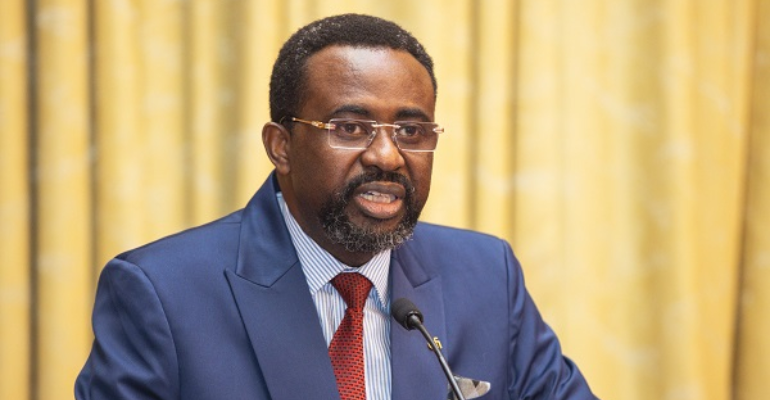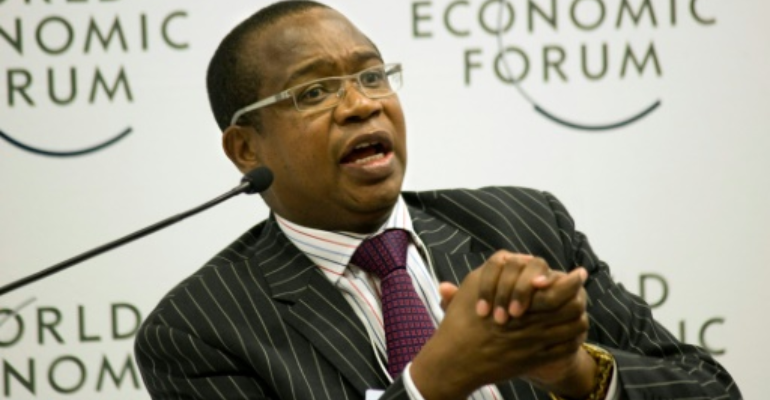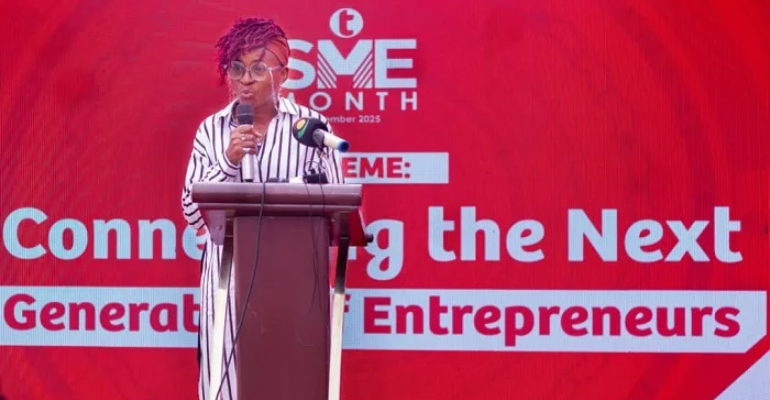Introduction
On September 17, 2025, the Bank of Ghana reduced its policy rate from 25% to 21.5%, following the 126th meeting of its Monetary Policy Committee, marking the most significant rate cut in recent history. The policy rate is simply the interest rate the Bank of Ghana uses to control how expensive or cheap it is for banks to get money. When the policy rate is high, banks find it costly to borrow, so they also charge businesses and households very high interest rates on loans. That’s why people complain that bank loans are too expensive.
When the policy rate is low, banks can get money more cheaply. The expectation is that they will also reduce the interest rates on loans they give to us. This makes it easier for ordinary people and businesses to borrow, build homes, expand their shops, or initiate new projects.
Earlier this year, the policy rate stood at 28%, a level the Bank of Ghana maintained for several months as part of its aggressive approach to controlling high inflation. The first major shift occurred on July 30, 2025, when the Monetary Policy Committee (MPC) reduced the rate by 300 basis points, lowering it from 28% to 25%, the most significant single cut in Ghana’s history at the time (Citi Business News, July 30, 2025). Barely two months later, at the September 17, 2025, meeting, the central bank followed up with another sharp cut, this time slashing the rate by 350 basis points to 21.5% (Reuters, Sept 17, 2025).
In total, across just two meetings in less than three months, the Bank of Ghana has reduced the rate by 650 basis points (6.5%). This indicates the central bank’s confidence that inflation is falling and that the economy is stable enough to support lower borrowing rates.
In the global context, Ghana’s move is unusual. While many countries are being cautious, Ghana has chosen a bold course of action. This shows the urgency of trying to restore growth, create jobs, and rebuild business confidence. It may also be part of the government’s effort to make some breathing space for the economy, especially after long periods of high interest rates that slowed investment.
What does this mean for an ordinary Ghanaian?
It means that loans should gradually become cheaper. When the Bank of Ghana reduces the policy rate, it lowers the cost at which commercial banks can borrow money. In turn, if banks decide to pass this benefit on, businesses will be able to borrow at lower interest rates. For example, a shop owner in Makola could borrow to restock goods, a transport operator could secure a loan to repair or buy a trotro, and a young entrepreneur could finally afford to expand their operations, purchase new equipment, or hire more workers.
In straightforward terms, the Bank of Ghana has made borrowing cheaper for the banks, with the hope that they will also make borrowing cheaper for us. If this cycle works as expected, we should begin to see more affordable loans, more business activities, and ultimately, more jobs being created.
The size of the cut is one of the fastest and sharpest reductions we have seen in recent times, especially when compared to other countries where central banks are moving much more cautiously because of inflation concerns.
This move sends a strong signal about the state of the economy. It indicates that the Bank of Ghana believes the inflation rate is decreasing and that the broader economy is finally stabilizing, after years of pressure from high interest rates. By cutting so sharply, the central bank is signaling to businesses and households that it is prepared to support growth. This means that there should be more money circulating in the system. If banks pass this on, businesses and households should have access to cheaper borrowing. This can encourage companies to expand, traders to restock, farmers to invest in inputs, and families to take loans for school fees or housing (Joy News, 2025). In short, it can breathe new life into the private sector, which high borrowing costs have squeezed.
However, there are risks. If inflation, which is only beginning to ease, suddenly picks up again, this aggressive cut could backfire. This may put pressure on the Ghana Cedi, making imports more expensive and potentially reigniting price increases. Another risk is whether commercial banks will actually reduce lending rates. Many banks still view lending as a risky proposition, especially for small businesses, and may maintain high interest rates to protect their margins. If this happens, the benefits of the lower policy rate will not be felt by households and small enterprises, which are the backbone of Ghana’s economy (Reuters, May 23, 2025).
Will the cut have a lasting effect? The way forward
Looking ahead, the big question is whether this cut will have a lasting impact. The cut can help the economy, but only if certain measures are implemented. According to the Ghana Statistical Service (2025), Ghana’s annual inflation rate slowed for the eighth consecutive month in August, reaching its lowest level since October 2021. Additionally, consumer inflation decreased to 11.5% year-over-year, down from 12.1% in July (Reuters, 2025). Banks must reduce their lending rates, so households and businesses pay less interest. They will respond by investing more, and then this policy shift could help boost Ghana’s economy in a meaningful way. However, if inflation rises again or if banks continue to keep lending rates high, the gains could be short-lived. The success of this policy, therefore, depends not only on the central bank but also on how commercial banks and the private sector respond in the months ahead.
References
Bank of Ghana — Monetary Policy Committee Press Release, July 30, 2025. https://www.bog.gov.gh/wp-content/uploads/2025/07/MPC-Press-Release-July-2025.pdf
Bank of Ghana — Monetary Policy Committee Press Release, Sept 17, 2025. https://www.bog.gov.gh/wp-content/uploads/2025/09/MPC-Press-Release-Sept-2025.pdf
Citi Business News — “BoG slashes policy rate significantly from 28% to 25%,” July 30, 2025. https://citibusinessnews.com/bog-slashes-policy-rate-from-28-to-25-july-30-2025/
Joy News. (2025, July 30). Monetary Policy Committee of BoG cuts policy rate sharply to 25% [Video]. https://www.youtube.com/watch?v=6Z6p9nM3Qzo
Reuters — “Bank of Ghana delivers another record rate cut on sustained drop in inflation,” Sept 17, 2025. https://www.reuters.com/world/africa/bank-ghana-delivers-another-record-rate-cut-sustained-drop-inflation-2025-09-17/
Reuters — “Ghana consumer inflation slows to 11.5% in August,” Sept 3, 2025. https://www.reuters.com/world/africa/ghanas-inflation-slows-eighth-straight-month-august-2025-09-03/
Reuters — “Ghana central bank keeps key rate on hold as inflation eases,” May 23, 2025.https://www.reuters.com/world/africa/ghana-central-bank-keeps-rate-unchanged-inflation-eases-2025-05-23/











